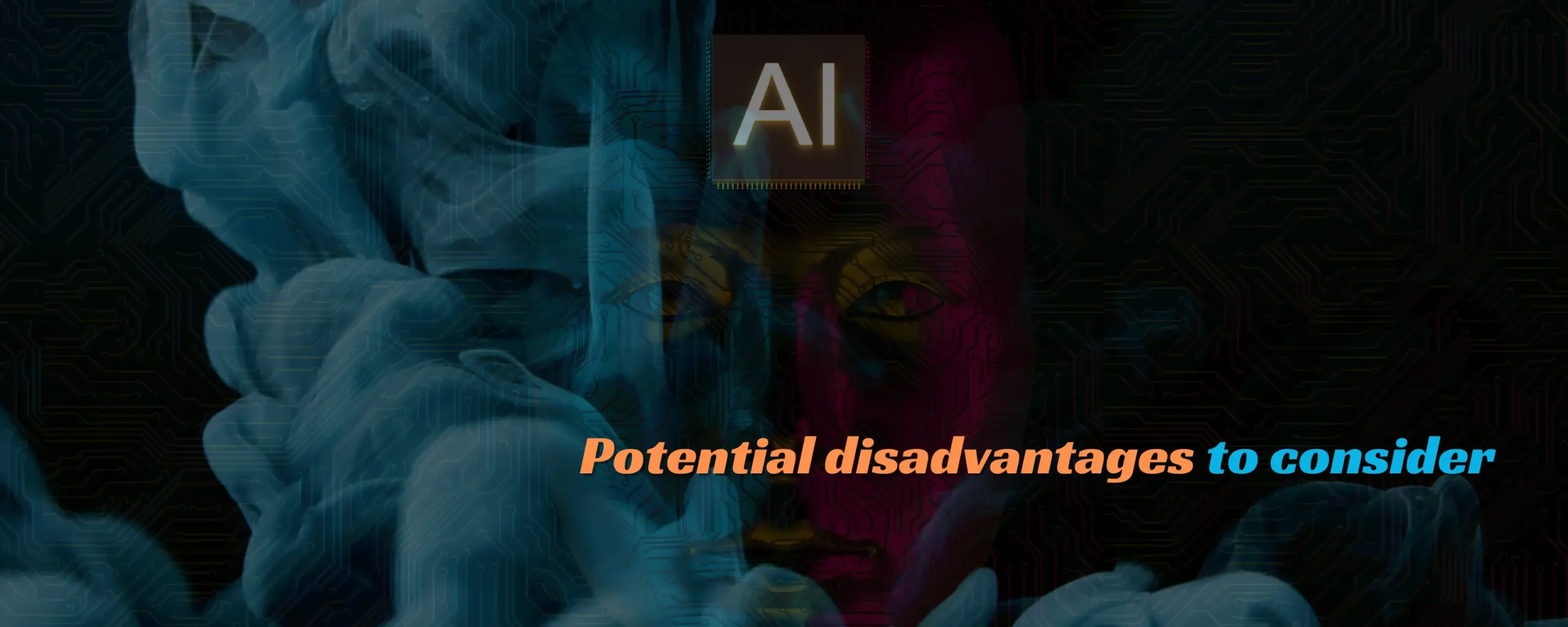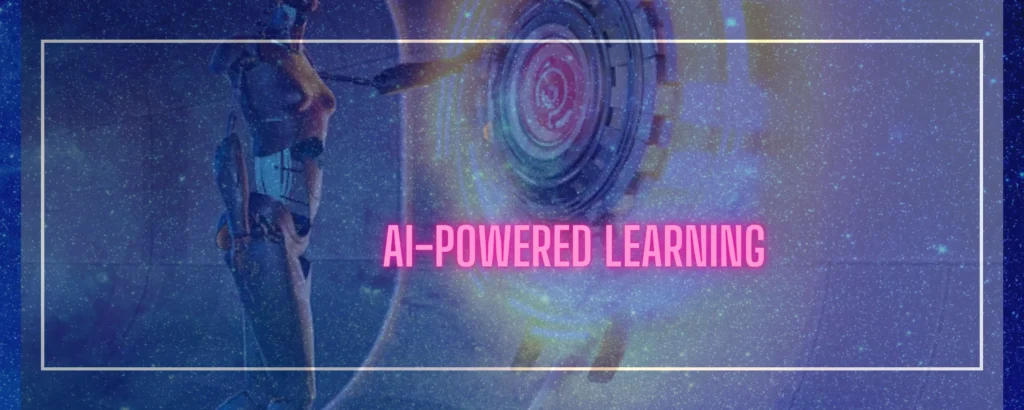AI-powered learning in the educational sector refers to the integration of artificial intelligence technologies into various aspects of teaching and learning processes. This integration enables personalized learning experiences, data-driven insights for educators, and the automation of administrative tasks. Here are some key components and applications of AI-powered learning in education:
why Personalized Learning is important
Improved Learning Outcomes:
By addressing individual learning needs and providing targeted support, personalized learning can lead to improved learning outcomes. Students are more likely to retain information, master key concepts, and develop critical thinking and problem-solving skills when instruction is tailored to their level of readiness and understanding.
Promotion of Self-Directed Learning:
Personalized learning empowers students to take ownership of their learning journey. By allowing students to set goals, track their progress, and make choices about their learning path, personalized learning fosters the development of self-directed learners who are better equipped to thrive in an ever-changing world.
Potential disadvantages to consider:
AI-powered learning, Personalized learning relies on collecting and analyzing large amounts of student data to tailor instruction. However, there are concerns about privacy and data security, particularly regarding the collection, storage, and use of sensitive student information. Schools and educational technology providers must ensure that they adhere to strict privacy regulations and safeguards to protect students’ personal data.

Loss of Human Connection:
Some critics argue that personalized learning, particularly when heavily reliant on technology, may diminish the role of teachers and reduce opportunities for meaningful interactions between students and educators. There is a risk that personalized learning initiatives could prioritize efficiency and automation over the development of strong teacher-student relationships and supportive classroom communities.
Potential for Overwhelm:
Personalized learning can provide students with greater autonomy and choice in their learning, but it may also overwhelm some students, particularly those who struggle with decision-making or self-regulation. Without appropriate guidance and scaffolding, students may feel lost or unsure about how to navigate the personalized learning environment effectively.
Standardization of Learning:
In some cases, personalized learning initiatives may inadvertently lead to the standardization of learning experiences as educators rely on pre-packaged digital content or algorithms to deliver instruction. This could limit opportunities for creativity, critical thinking, and exploration, as students may be guided towards predetermined learning pathways or outcomes.
2. what is The rise of microlearning the educational sector:
The rise of microlearning in the educational sector refers to the increasing popularity and adoption of short, focused learning activities or modules designed to deliver specific learning objectives or skills in a brief timeframe. Microlearning breaks down complex topics or concepts into smaller, easily digestible chunks of information, typically delivered through multimedia formats such as videos, interactive quizzes, or mobile apps.
a. The advantages of microlearning include:
Accessibility:
Microlearning can be delivered through various digital platforms, such as smartphones, tablets, or laptops, making it accessible to a wide range of learners. This accessibility ensures that learners can access educational content anytime, anywhere, regardless of their location or device.
Personalization:
Microlearning modules can be customized to address individual learning needs and preferences. Educators can tailor content to align with specific learning objectives, interests, or skill levels, providing targeted support to learners and enhancing the overall learning experience.
Cost-Effectiveness:
Microlearning typically requires less time and resources to develop compared to traditional instructional materials. By leveraging existing content or creating short, focused modules, educators can deliver high-quality learning experiences at a lower cost, making microlearning a cost-effective solution for educational institutions and organizations.
Efficiency:
Microlearning delivers specific learning objectives or skills in a concise and efficient manner. AI-powered learning Learners can quickly access relevant information without having to sift through lengthy lectures or courses, making learning more time-effective and productive.
Retention:
Research suggests that spaced repetition and frequent exposure to information can improve long-term retention. Microlearning reinforces key concepts through repeated exposure over time, helping learners retain information more effectively compared to traditional methods.
b. The Disadvantages of microlearning include:
Potential for Overwhelm:
The proliferation of microlearning content can overwhelm learners with a constant stream of information. Without proper curation and organization, learners may struggle to prioritize learning objectives or navigate through a vast array of microlearning resources effectively.
Dependency on Technology:
Microlearning relies heavily on digital platforms and technology for delivery, which could pose challenges for learners with limited access to digital devices or reliable internet connectivity. This dependency may exacerbate existing inequalities in access to education.
Risk of Superficial Learning:
In some cases, microlearning modules may prioritize brevity and efficiency over depth of understanding, leading to superficial learning outcomes. Learners may focus on completing modules quickly rather than engaging deeply with the content and applying it in meaningful contexts.
Potential for Information Overload:
While microlearning aims to deliver information in manageable chunks, learners may still experience information overload if they encounter too many microlearning modules or if the content is too dense or complex for short-form delivery.

